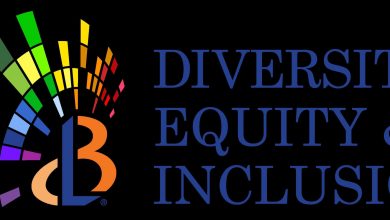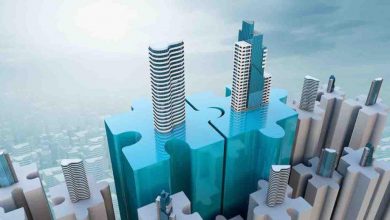The Role of Motion Design in User Experience

The Role of Motion Design in User Experience
Introduction
Motion design has become an integral part of modern user experience (UX) design. It focuses on using animated elements, transitions, and effects to provide a seamless and engaging user interaction with digital products. In this blog post, we will explore the significance of motion design in enhancing the user experience and its impact on a website or application’s success.
Why Is Motion Design Important in User Experience?
1. Captivating User Attention
Motion design helps to grab users’ attention and keep them engaged. By incorporating subtle animations and smooth transitions, it captures users’ interest and encourages them to explore the product further. The element of motion can make the user experience more enjoyable and memorable.
2. Communicating Intuitively
Motion design can convey information and guide users intuitively. Through animations, users can quickly understand how to interact with different elements, what actions to take, and how the UI components behave. This reduces the learning curve and makes the overall experience more user-friendly.
3. Enhancing User Feedback
Motion design plays a critical role in providing instant feedback to users’ actions. By incorporating visual cues and animations, it helps users understand the consequences of their interactions. For example, a button animation after being clicked can reassure users that their action was successful.
4. Emphasizing Hierarchy and Importance
Through motion design, designers can highlight important elements and guide users’ attention. Animations can draw the eye towards key messages, call-to-action buttons, or essential information. This way, motion design helps in making the user interface more effective and efficient.
Frequently Asked Questions (FAQs)
Q1. Does motion design affect website loading time?
Motion design, when implemented with optimized techniques, does not significantly impact the loading time. Designers can use lightweight animations, optimize file sizes, and leverage modern technologies like CSS animations to ensure smooth user experience without compromising performance.
Q2. How much motion is too much?
Finding the right balance is crucial in motion design. While motion can enhance user experience, excessive or unnecessary animations can become distracting or overwhelming. It is important to apply motion purposefully, ensuring it adds value to the overall user experience instead of becoming a distraction.
Q3. How does motion design contribute to branding?
Motion design can bring personality and brand identity to life. By incorporating brand-specific animations, transitions, or visual effects, a digital product can convey its unique brand voice and create a memorable experience for users. Consistency in motion design elements can reinforce brand recognition.
Conclusion
Motion design has transformed the way users interact with digital products, significantly impacting user experience. By captivating attention, intuitively communicating, providing feedback, and emphasizing hierarchy, motion design enhances the usability, engagement, and overall success of websites and applications. Incorporating motion design thoughtfully ensures a seamless and memorable user experience, leaving a positive impression on users.



